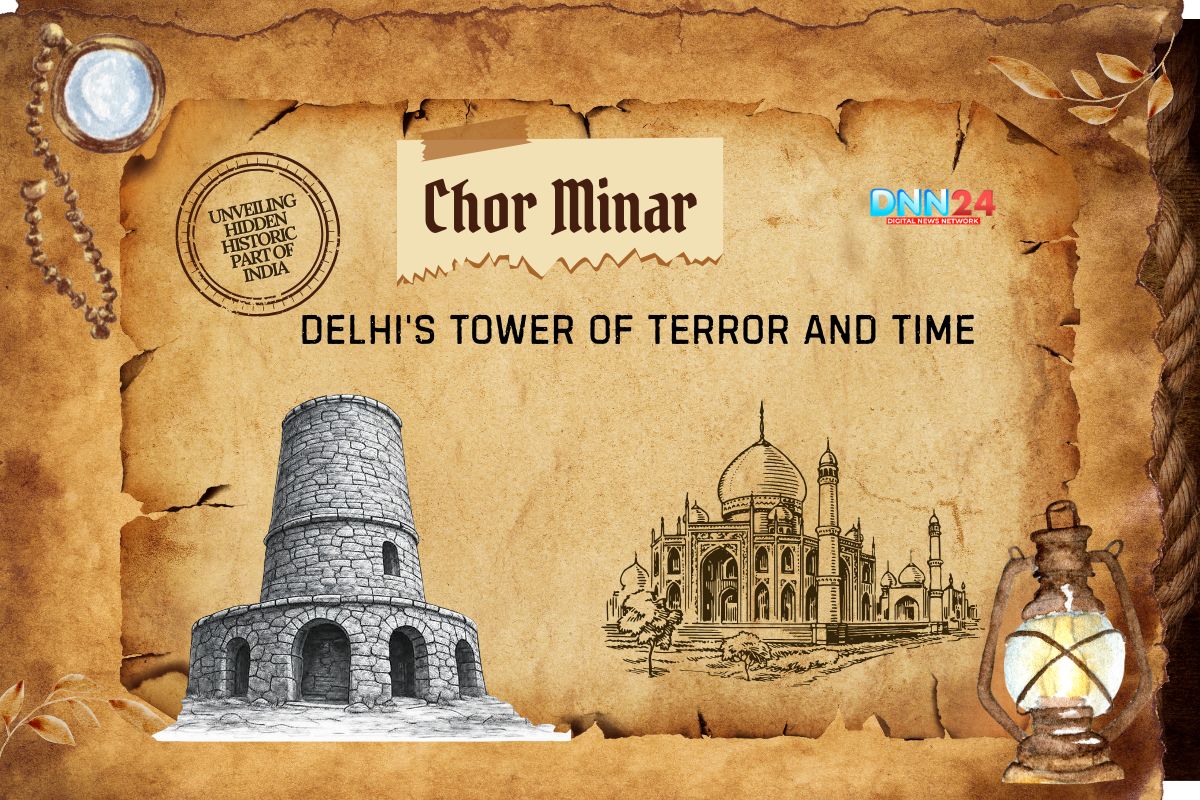In the heart of South Delhi’s trendy Hauz Khas district, where millennials sip artisanal coffee and browse boutique stores, stands a monument that predates their Instagram-worthy neighbourhood by seven centuries. Chor Minar, the “Tower of Thieves,” rises like a weathered sentinel from another age, its scarred stone surface telling tales that would make even the boldest storyteller pause. This isn’t just another Delhi monument gathering dust in guidebooks, it’s a time machine carved in stone, a witness to one of medieval India’s most brutal chapters.
Built during the reign of Alauddin Khalji in the early 14th century, Chor Minar represents more than architectural achievement. It remains a reminder of the uncivilised, unsympathetic justice of medieval authorities, where clemency was a hard-earned commodity and punishment was inscribed in blood. The tower’s very name sends shivers down spines, yet its story continues to fascinate historians, locals, and visitors who stumble upon its dark legacy hidden among Delhi’s modern chaos.
Architecture of Intimidation
Standing thirteen meters tall, Chor Minar may not dwarf Delhi’s skyscrapers, but its presence commands respect through sheer historical weight. The building rests upon a huge platform, thirty feet by thirty feet high, and was once the scene of popular exhibitions of justice. Four elegant arched recesses grace each side of this base, their beauty providing an unsettling contrast to the tower’s grim purpose.
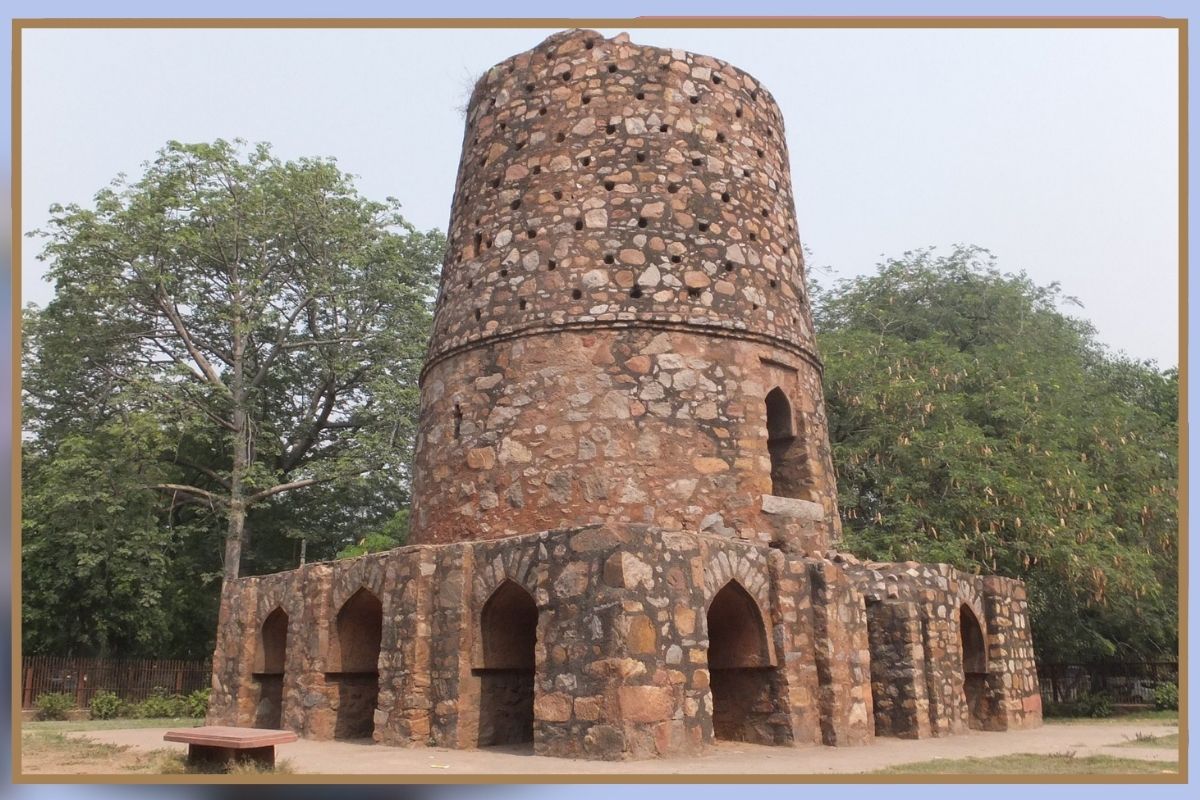
The actual tower is cylindrical and made of rubble masonry, rough stones held together with mortar in the medieval manner of construction. The pieces have weathered these rocks into a mosaic of browns and grays, and all the cracks and crevices hold secrets of long-lost centuries. But it’s the tower’s most distinctive feature that draws gasps from visitors: 225 precisely carved holes arranged in systematic rows around the structure’s circumference.
These aren’t random apertures or decorative elements. All the holes were made with cold precision, which held wooden spears, and as per historical records and local myth, those spears were used as macabre trophies of decapitated heads. The holes are arranged in a way that they surround the tower like the empty eye sockets and create an illusion that the tower is watching people as they pass around its base.
A spiral staircase once wound through the tower’s interior, allowing guards and officials to access different levels to maintain their macabre displays. The stairway is, in part, ruined by the ravages of time, but we still have evidence of the practical considerations of medieval public punishment.
The Mongol Connection: History Written in Blood
The most chilling chapter in Chor Minar’s history dates to 1305, when Alauddin Khalji’s forces decisively defeated a Mongol invasion led by Ali Beg and Tartaq. Historical accounts tell of a massacre of epic proportions- thousands of Mongol prisoners were executed, and their severed heads were piled as trophies of victory and a warning to those who would come in the future.
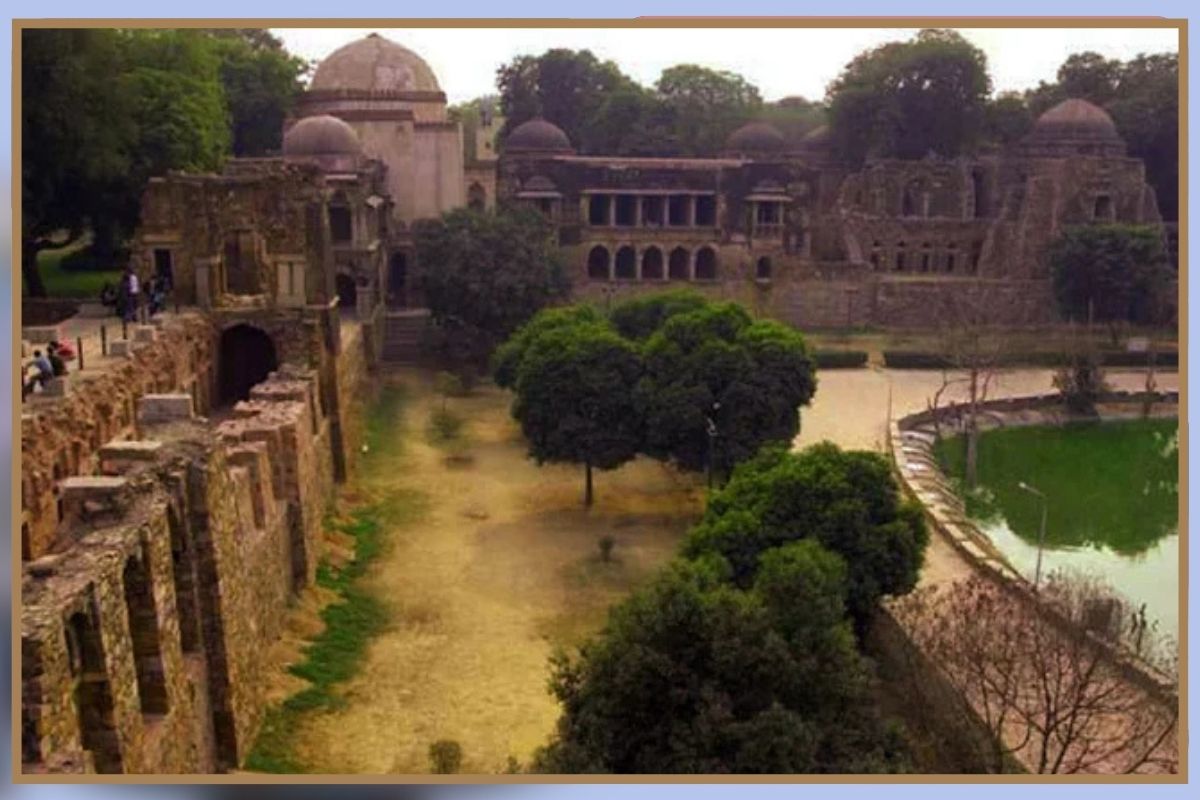
According to these accounts, the 225 holes of Chor Minar couldn’t accommodate all the heads, leading to pyramidal piles of remains surrounding the tower’s base. The sight supposedly caused terror to anyone who considered rebellion or invasion, as psychological warfare on an unprecedented level. This wasn’t merely punishment, it was theatre designed to broadcast the consequences of challenging Delhi’s sultanate.
The practice aligned with Alauddin Khalji’s reputation as one of history’s most ruthless rulers. A military genius and administrative reformer, he was also infamous for his inhumane system of justice. The sultan believed that fear was the most effective tool for maintaining order, and Chor Minar became his most visible instrument of deterrence.
However, despite strong historical evidence, there is no archaeological evidence of this. There is also no physical evidence of mass executions or displays at the site as a result of excavations. The stories persist primarily through written chronicles and oral traditions, leaving modern historians to debate the exact details while acknowledging the tower’s undeniable association with public punishment.
Beyond Execution: Alternative Theories
While the severed heads narrative dominates popular understanding of Chor Minar, scholarly debate continues about the tower’s complete purpose. Other historians indicate that the holes could have had more than one purpose since they could have been used to display heads as well as other things. In peacetime, they might have carried oil lamps and made the tower a beacon that could be seen throughout the medieval city.
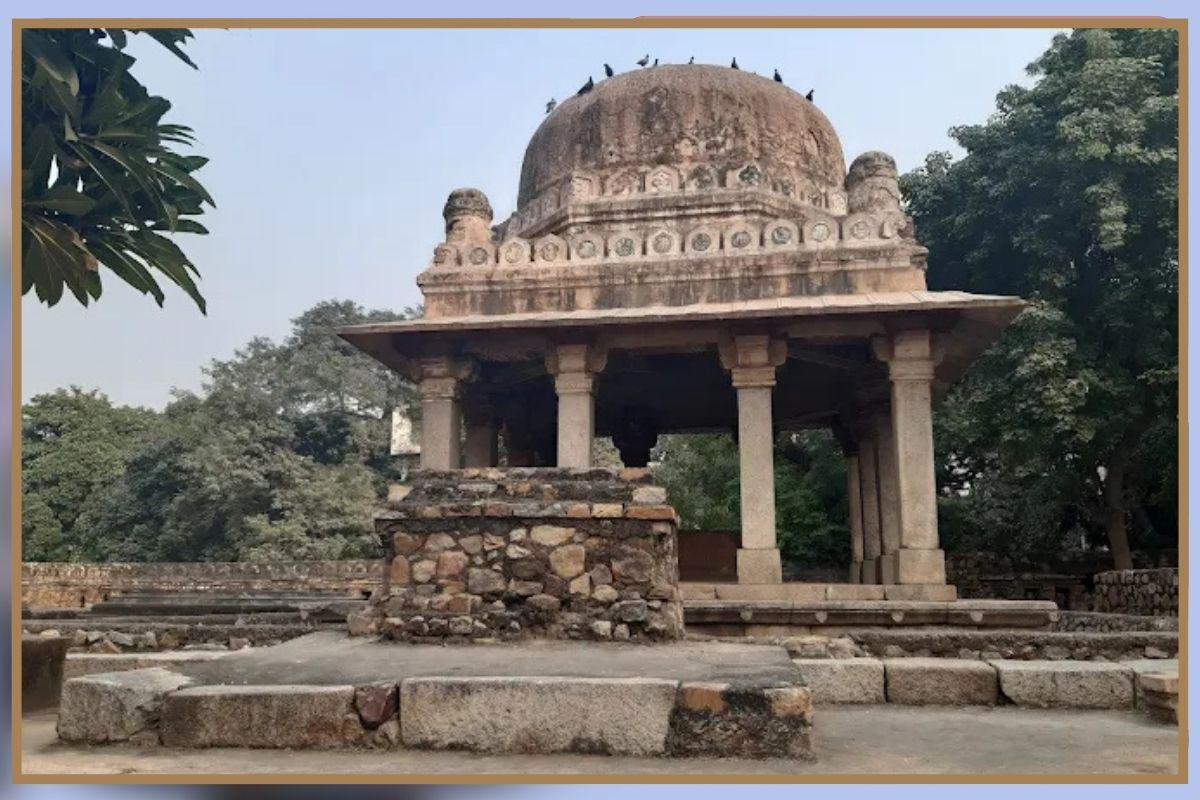
It is thought that the building might have been used as a storehouse of weapons or even banners in case of a military campaign, with the holes providing points of secure attachment to all manner of equipment. The tower’s strategic location would have made it an ideal watchtower for monitoring movement in and out of the city.
These alternative theories don’t necessarily contradict the execution narrative but suggest Chor Minar might have been a multipurpose structure that adapted to different needs over time. Medieval architecture was commonly used for both practical and symbolic purposes.
Archaeological Mystery
One of Chor Minar’s most intriguing aspects is the absence of systematic archaeological investigation. It is the most historically significant and sensational site in the world, yet it has never been the subject of any significant excavation. Such neglect by the archaeologists leaves many questions open and unanswered, and opens the way to legends.
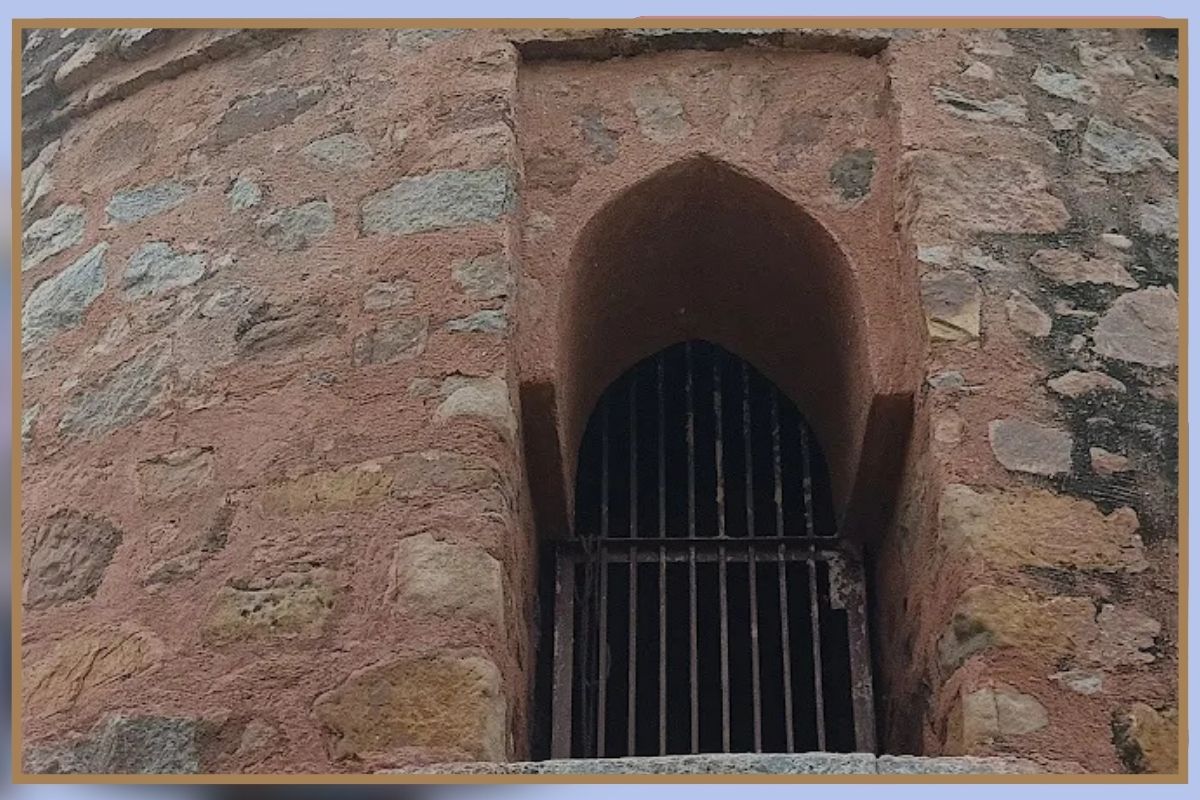
The surrounding Hauz Khas area has yielded numerous artefacts from different historical periods, but none have been definitively linked to the tower’s supposed role in mass executions. This archaeological silence further makes this already mysterious structure even more mysterious, leaving the historians with the reliance on textual sources and architectural analysis as opposed to any physical evidence.
Lack of official digs also implies that possible discoveries are left buried. Medieval artefacts, structural foundations, or even human remains might lie beneath centuries of accumulated soil around the tower’s base. Until a comprehensive archaeological investigation occurs, Chor Minar’s secrets remain locked in stone and speculation.
Living Legends in Modern Delhi
Today’s Chor Minar exists in a fascinating juxtaposition with its surroundings. The tower of terror that was built many years ago now sits in the midst of posh homes, hip cafes and art galleries. Joggers lap it in their morning exercises, lovers take photos against its dingy walls, and children play within its shadow, mostly unaware of its dark repute.
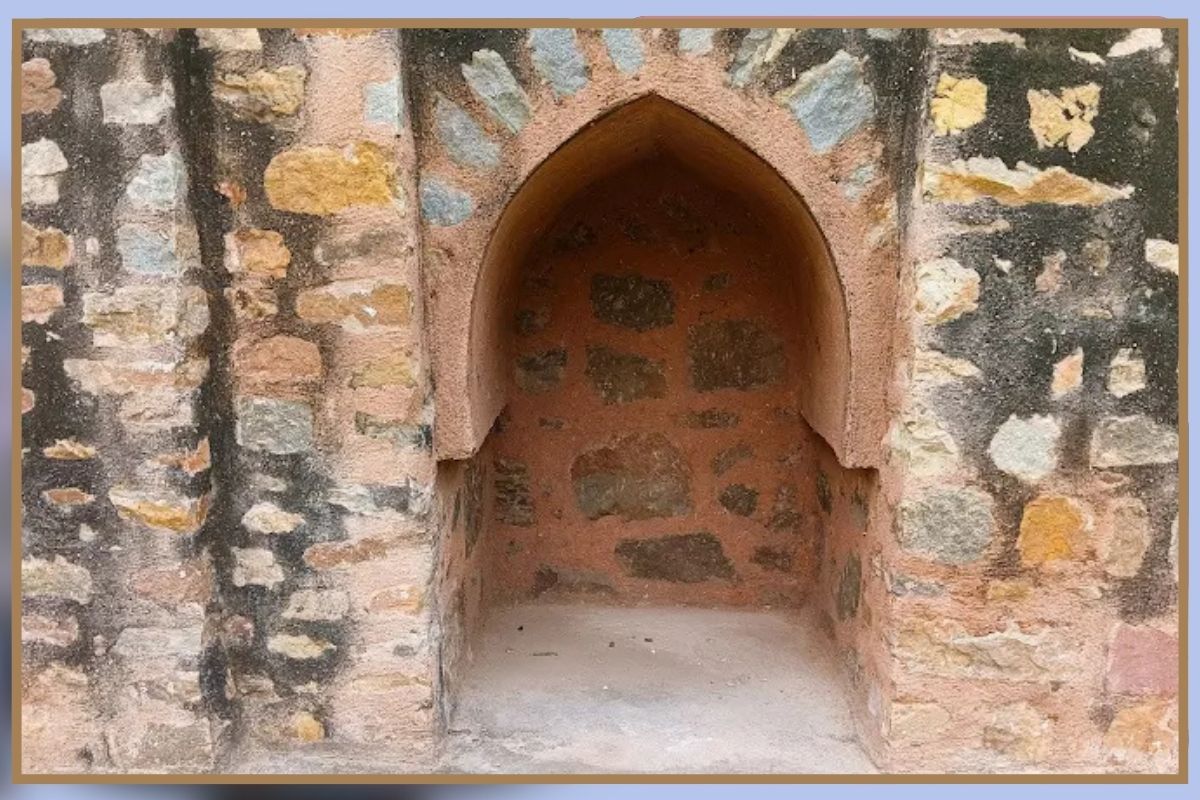
The legends are preserved in local folklore, with locals sharing tales that have been passed on through the generations. Some people believe that a strange presence is present in the quiet evening hours, and some people have weird dreams after visiting the site. The contemporary elements to these ancient mysteries are whether supernatural or psychological; these are modern ghost stories.
Heritage walks regularly include Chor Minar as a stop, with guides weaving historical facts and local legends into compelling narratives. Social media has given the tower new life, with Instagram posts and blog articles introducing it to audiences far beyond Delhi’s borders. The #ChorMinar hashtag connects modern storytellers to an ancient tradition of sharing its tales.
Cultural Transformation
The transformation from instrument of fear to object of fascination reflects Delhi’s remarkable capacity for reinvention. What used to be a sign of savage power is now a reminder of historical interests and architectural history. Yoga followers do their asanas at its base, birdwatchers use it as a reference point, and artists make sketches of its weathered face, each giving their own interpretation to its ongoing saga.
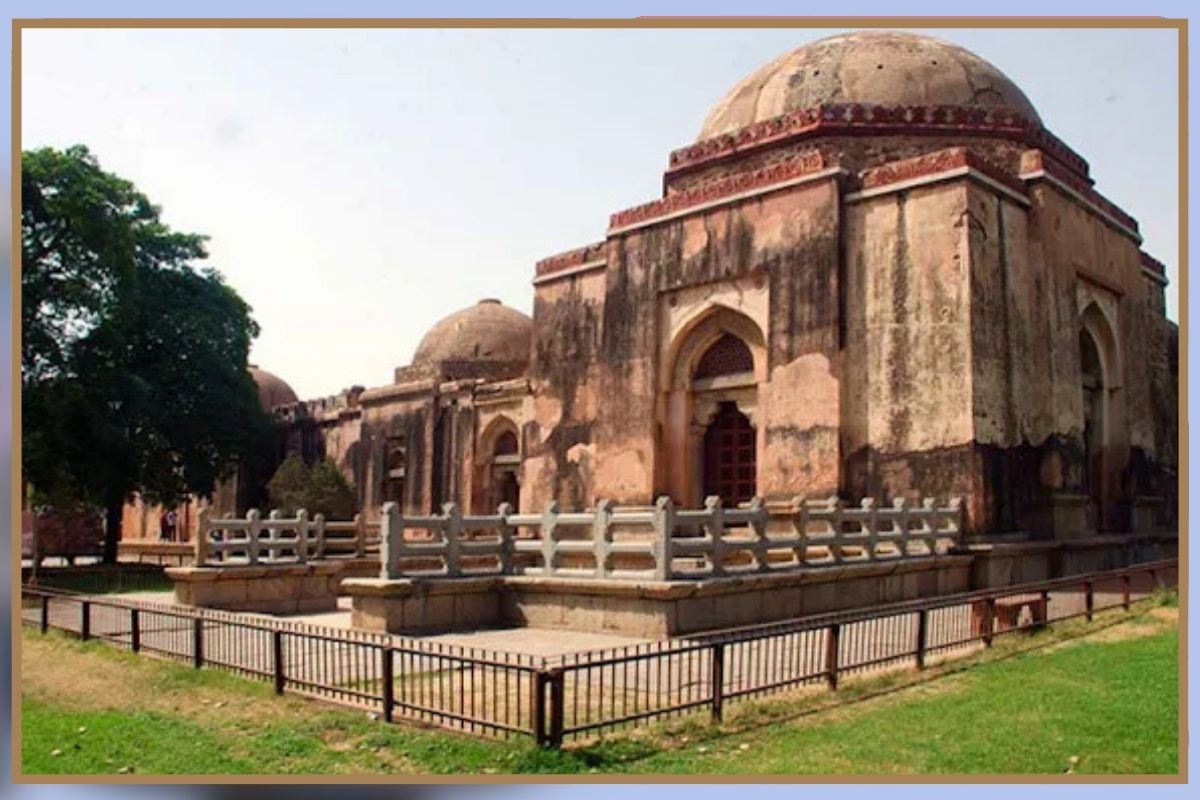
Educational groups are often brought in to talk about the historical ideas of justice, power, and governance. The tower is used as a lesson in learning the ways in which societies have grown in their crime and punishment methods. These conversations bridge medieval and modern perspectives, using Chor Minar as a starting point for broader discussions about human rights and social progress.
Modern Threats and Community Conservation
Like many of Delhi’s ancient monuments, Chor Minar faces ongoing preservation challenges. The structural integrity is at risk of urbanisation, contamination and the wear and tear that is natural. The site is under the care of the Archaeological Survey of India, but since funds are limited, there is a conflict between preservation and access.
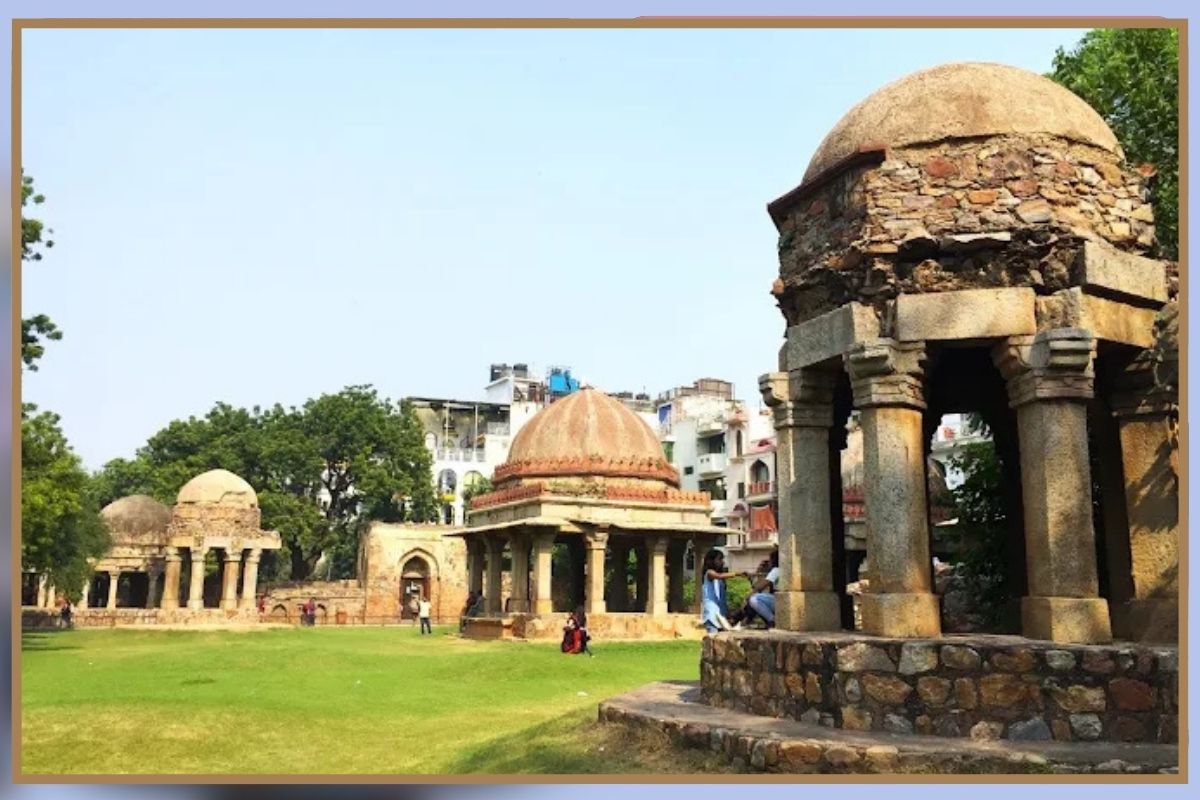
Another threat is climate change, as extreme weather and pollution accelerate the destruction of stone. The tower’s rubble masonry construction, while remarkably durable, requires specialised conservation techniques to prevent further damage.
Public education is an important part of preservation. Ordinary people who live in the area, as well as frequent visitors to the place, sometimes act as unofficial custodians reporting vandalism or other misconduct that may be harmful to the monument. This localised conservation adds to the formal conservation activities.
Where the Past Meets the Present
Chor Minar is more than a historical curiosity—it’s a bridge between Delhi’s violent medieval past and its complex modern present. The tower makes the visitor deal with the unpleasant reality of historical justice and enjoy the advances human civilisation has made in balancing order and compassion.
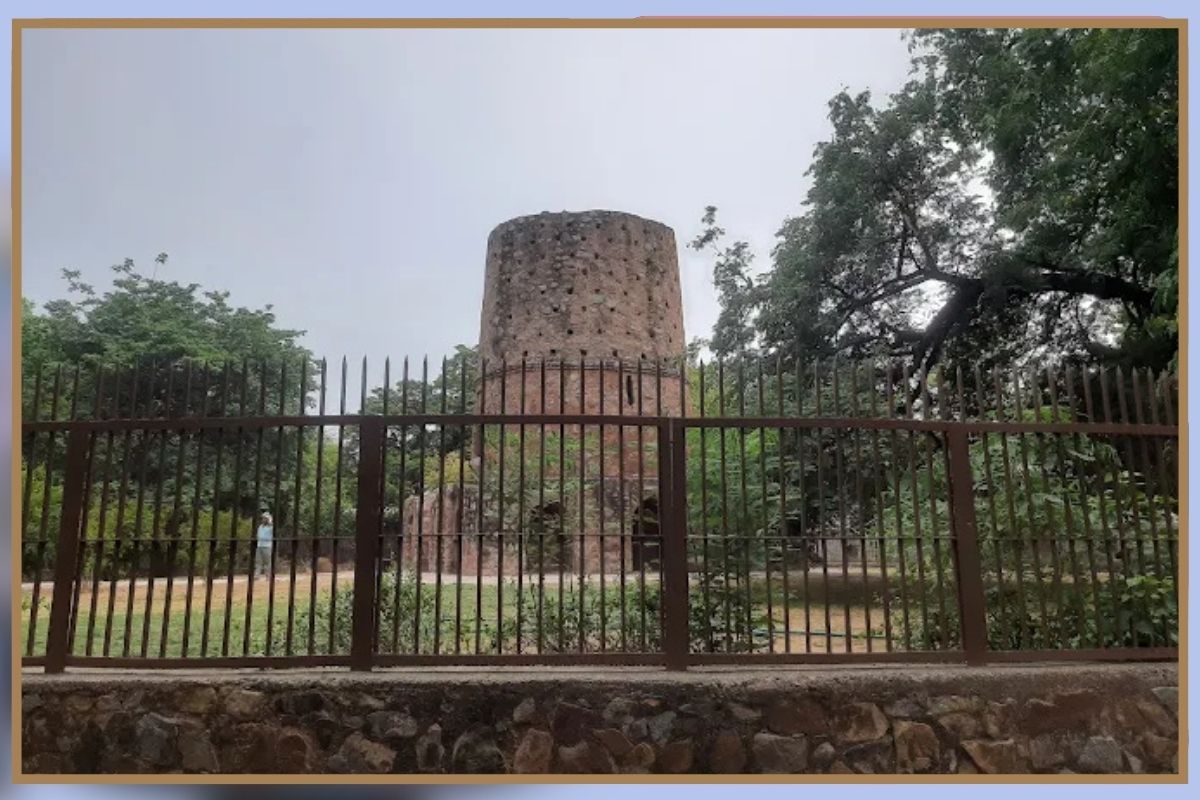
In today’s Delhi, where ancient and contemporary exist in constant dialogue, Chor Minar represents this ongoing conversation. It reminds us that history isn’t safely contained in textbooks but lives actively in the spaces we inhabit daily. Each passer-by who stops to read its history or take a snap of its exterior makes it a part of their continuing story, which is why this tower of thieves will always stay relevant in a city that never ceases to change.
Whether approached as a historical monument, architectural marvel, or cautionary tale, Chor Minar continues fulfilling its original purpose: making unforgettable impressions on all who encounter its weathered wisdom. The heads may have long since passed away, but the memories that they left behind are left engraved in stone and tales.
Also Read: Majaz: The Poet Who Made Aligarh University Sing
You can connect with DNN24 on Facebook, Twitter, and Instagram and subscribe to our YouTube channel.

